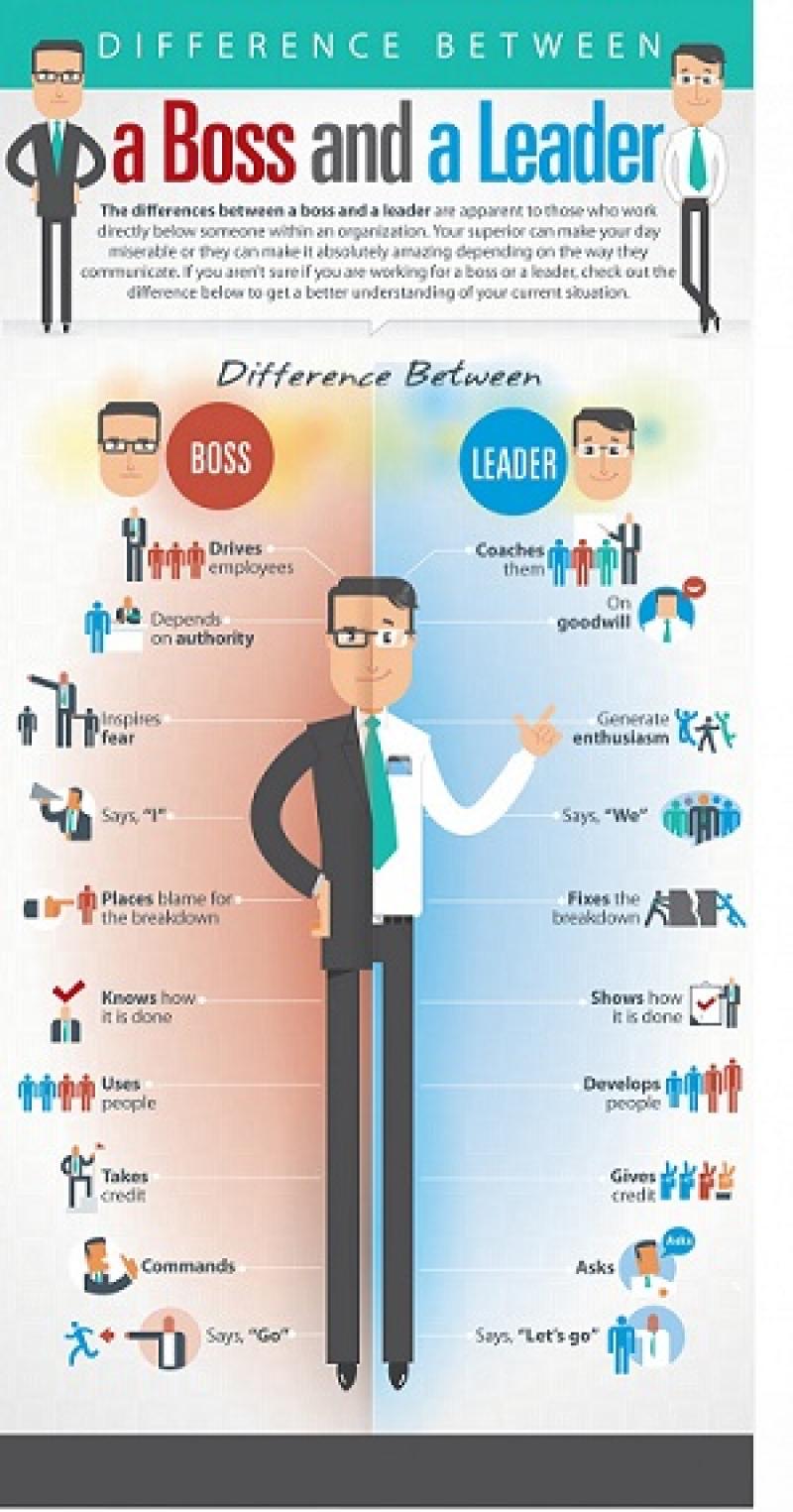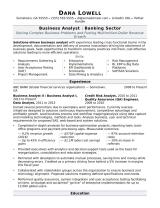What is bad leadership style?
Bad leadership styles are characterized by various traits and behaviors that can have detrimental effects on a team or organization. Here are some common traits associated with poor leadership:
Lack of Communication:
- Ineffective communication or a complete lack of it can lead to confusion, misunderstandings, and a lack of direction within the team.
Micromanagement:
- Constantly monitoring and controlling every aspect of employees' work can create a stressful environment, stifle creativity, and demotivate team members.
Authoritarianism:
- Dictatorial leadership, where the leader makes decisions without considering input from team members, can lead to resentment and decreased morale.
Inflexibility:
- Leaders who are resistant to change and new ideas may hinder innovation and growth within the organization.
Lack of Empathy:
- Insensitivity to the needs and concerns of team members can create a negative work culture and lead to high turnover.
Blame-Shifting:
- A leader who avoids taking responsibility for mistakes and instead blames others undermines trust and damages the team's cohesion.
Lack of Vision:
- Leaders without a clear vision for the future may struggle to inspire and guide their teams toward common goals.
Unfair Treatment:
- Favoritism, discrimination, or unequal treatment of team members can breed resentment and negatively impact morale.
Overemphasis on Short-Term Results:
- Prioritizing short-term gains at the expense of long-term sustainability may lead to burnout and compromise the organization's overall success.
Failure to Delegate:
- Leaders who struggle to delegate tasks effectively can become overwhelmed and hinder the development of team members.
Recognizing and addressing these poor leadership traits is crucial for fostering a positive and productive work environment. Effective leaders exhibit qualities such as good communication, empathy, adaptability, and a collaborative approach to problem-solving.
Traits and characteristics of ineffective or negative leadership styles
Ineffective or negative leadership styles can be detrimental to individuals, teams, and organizations. They can lead to low morale, decreased productivity, high turnover, and even conflict. While the specifics can vary, some common traits and characteristics of these styles include:
Communication Failures:
- Poor communication: Vague instructions, inconsistent messaging, lack of transparency, and failure to listen to feedback or concerns.
- Micromanagement: Excessive control over every aspect of work, stifling creativity and autonomy.
- Indecisiveness: Inability to make timely decisions, causing confusion and frustration.
Lack of Focus and Vision:
- Unclear goals or direction: Leaving team members unsure of their purpose and priorities.
- Resistance to change: Inability to adapt to new situations or challenges, clinging to outdated methods.
- Focus on self-interest: Prioritizing personal gain over the needs of the team or organization.
Negative Interpersonal Dynamics:
- Lack of empathy or concern for others: Creating a hostile or toxic work environment.
- Taking all the credit for success while blaming others for failures: Fostering distrust and resentment.
- Playing favorites or creating cliques: Dividing the team and fostering unfair competition.
Other Red Flags:
- Poor delegation: Failure to empower team members, leading to overload and burnout.
- Unwillingness to learn or grow: Refusal to accept feedback or improve leadership skills.
- High turnover rate: A strong indicator of dissatisfaction and disengagement within the team.
It's important to note that these are just some general examples, and the specific traits of ineffective leadership can vary depending on the context and situation. However, identifying these red flags can help individuals and organizations recognize and address negative leadership styles before they cause significant damage.
I hope this information is helpful. Please let me know if you have any other questions.












